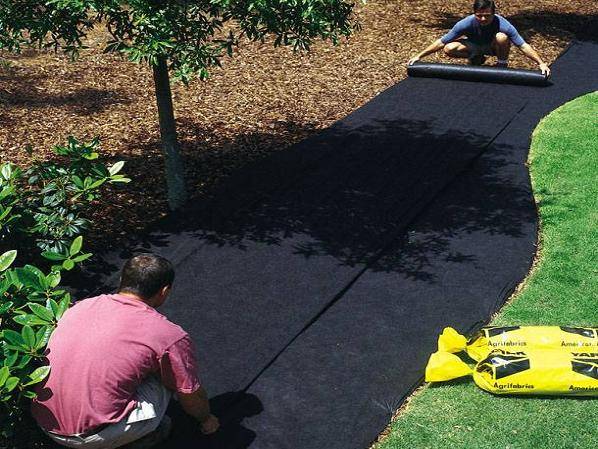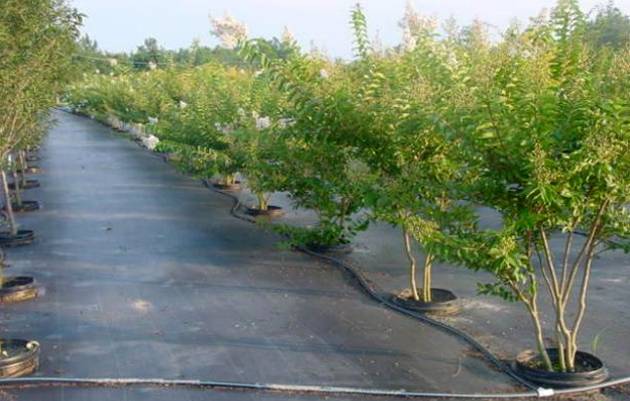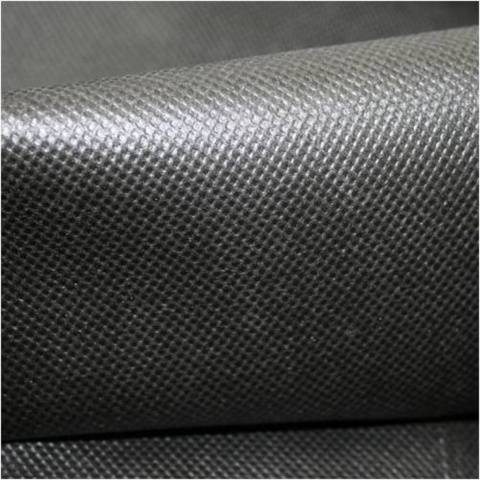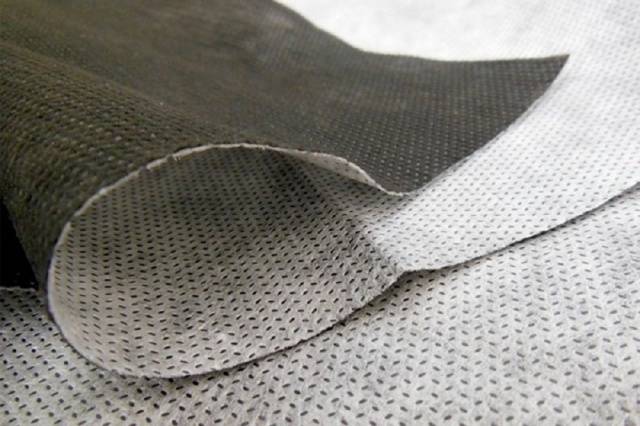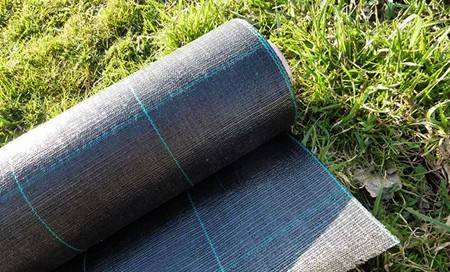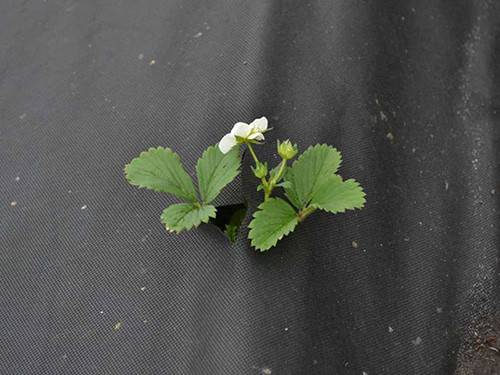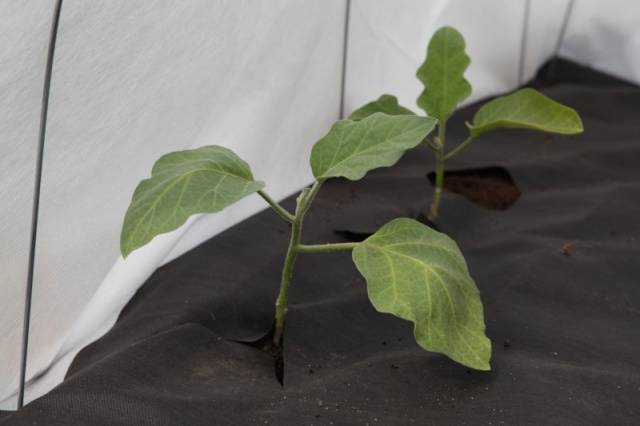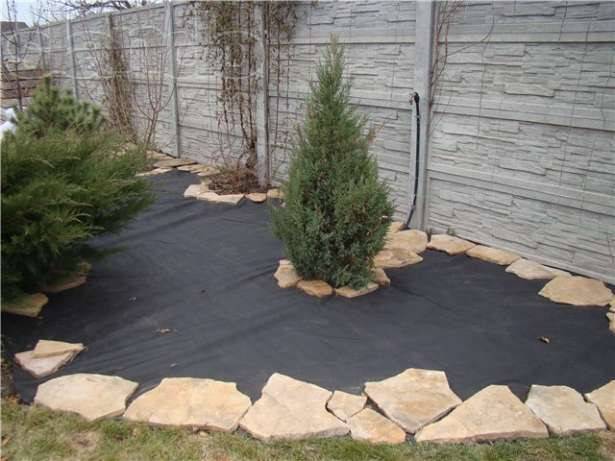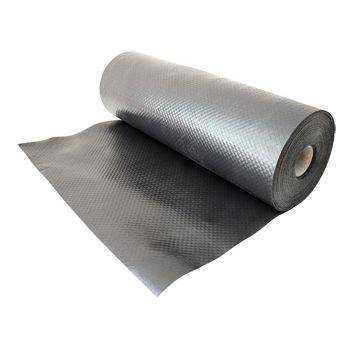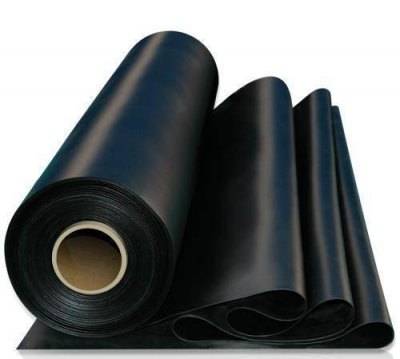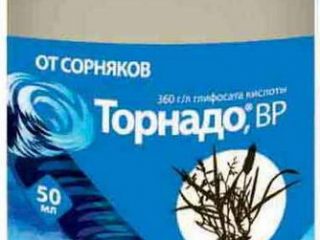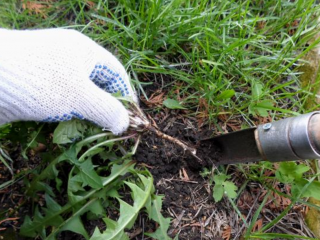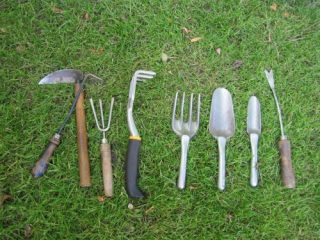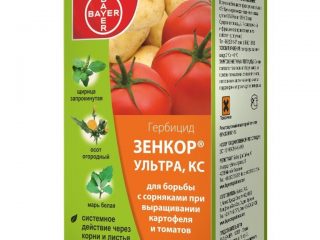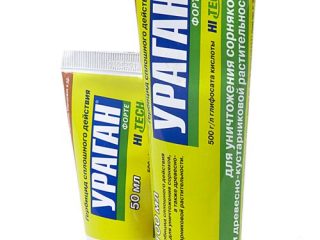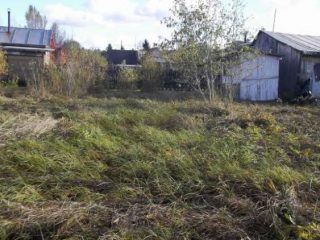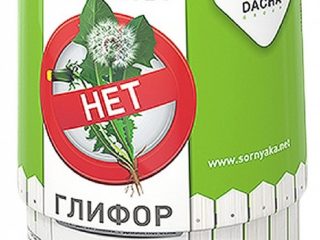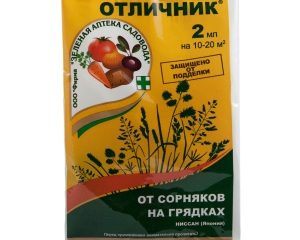Content
Although weeding is considered one of the most important and necessary procedures for caring for plants in the garden, it is difficult to find a person who would enjoy this activity. It usually happens the other way around; it is because of weeding that many people who begin to get acquainted with the wisdom of gardening quickly lose interest in these activities and prefer to buy vegetables and berries at the market than to grow them themselves. However, scientific progress does not stand still and recently materials have appeared that can significantly facilitate the work of a gardener and gardener and minimize the procedure for combating weeds.
Weed cover material differs in diversity both in its quality characteristics and in its scope of application.
Agrotextiles and its varieties
Those who have been gardening for a relatively long period have probably heard, and perhaps experienced from their own experience, what agrotextiles for the garden are. Despite its artificial origin, this material is not at all similar in properties to film. It has appeared quite a long time ago and opinions about its use among gardeners and gardeners are sometimes striking in their inconsistency.But the thing is that many, even experienced gardeners, do not always see the difference between its main varieties and often call the same thing by different names. Or, conversely, completely different materials in their properties and purpose are called by the same name. We need to clear up some of this confusion.
Agrotextiles, and sometimes called geotextiles, are a common name for two types of covering material for beds made from polypropylene: non-woven material (agrofibre) and, in fact, fabric (agrofabric).
Historically, agrofibre was the first to appear, the technology for its production is called spunbond - in recent years this name has become almost a household name for all materials with covering properties. The texture of agrofibre resembles a material with many small round holes.
Agrofibre comes in different densities and colors: from the thinnest (17 g/sq. m) to the densest (60 g/sq. m). The colors are white, black, and in recent years multi-colored ones have appeared: black and white, red and yellow and others. Only dense black agrofibre is suitable as mulch.
To do this, it needs to be laid with white on top.
Agrofabric is a woven material of high density (from 90 to 130 g/sq. m). Due to its woven base, its texture is an interweaving of threads that form cells. It is most often black, but green and brown are also found.
Agrofabric has incomparably high strength characteristics that are incomparable even with the most durable agrofibre models. Therefore, they have slightly different areas of application. And it’s difficult to compare them in price; of course, agrofabric will be several times more expensive than agrofibre. But as a covering material against weeds, both agrofabric and agrofibre do a good job of their duties, although there are some nuances here too.
Agrofibre and its use against weeds
The fact is that the technology itself for manufacturing spunbond or nonwoven fabric used not only in agriculture. This material is also widely used in light industry, in the manufacture of hygiene products, in the construction industry and furniture production. But these materials differ from agrofibre primarily in that they do not contain an ultraviolet stabilizer, which means they are not intended for use when exposed to solar radiation. This does not affect the appearance of the material in any way, but its price can be much cheaper.
After all, such material of the appropriate density (60 g/sq. m) should last you at least three years. And if it started to fall apart by the end of the first season, then you obviously bought something wrong.
Agrofibre is most often used to cover the surface of the soil when growing strawberries.
In the case of updating a strawberry plantation, the material is thrown away along with the old strawberry bushes that have served their purpose. Agrofibre can protect strawberries well from weeds, provided that no one walks on it. Otherwise, its mechanical strength may not be enough. But for creating paths between the beds, the best option would be to use agrofabric.
Agrofabric and its properties
Agrofabric, which has high strength indicators, differs little from agrofibre in its other characteristics. Using both materials allows you to obtain the following advantages when growing plants.
- The materials make it possible for the soil to warm up much faster in early spring, which has a beneficial effect on the timing of harvesting. And for heat-loving crops such as peppers and eggplants, the use of covering agricultural materials allows seedlings to be planted earlier.
- Both varieties provide free penetration of air and moisture. Therefore, during rains, the beds are provided with full watering, but the soil underneath remains loose - there is no need for loosening. You just need to take into account that agrofabric, being heavier, can unnecessarily press down the delicate root system of some plants, for example, strawberries.
- Both materials are designed for reusable use. But if the deadline for agrofibre is 3-4 years, then agrofabric will easily live even 10-12 years.
- These materials do not provide a fertile environment for the development of fungal diseases. Slugs are also not interested in settling under them.
- The material from which both types of agrotextiles are made is not capable of releasing harmful elements under possible strong heating by solar radiation and does not react with any substances: soil, water, chemical compounds.
- Both materials perfectly protect against the germination of annual weeds, and more or less well resist perennial rhizomatous plants. Agrofabric is more reliable and stable in this regard, so if you are in doubt about which material to choose, proceed from how important it is for you to completely suppress all weeds.
There is another type of these materials called geotextiles, which also protects well from weeds. It usually means particularly durable varieties of agrofibre with a density of over 90 g/sq.m. Geotextiles, in terms of their strength characteristics, are approximately halfway between agrofibre and agrofabric.
Weed control film
Black weed film Until recently it was the main material used by gardeners. Since it has excellent darkening properties, weeds actually do not survive under it. The disadvantage of this material is that since it does not allow water to pass through, the condensation that accumulates under it causes the development of fungal diseases. In addition, it is usually enough for one season.
Reviews from gardeners
Reviews about the use of black weed control material are generally quite positive.Some disappointments are apparently associated with the choice of the wrong brand of material, not intended for use in agriculture.
Conclusion
A variety of modern covering materials can greatly facilitate the work of a gardener. The main thing is to choose the type of material that is most suitable for your specific conditions.
